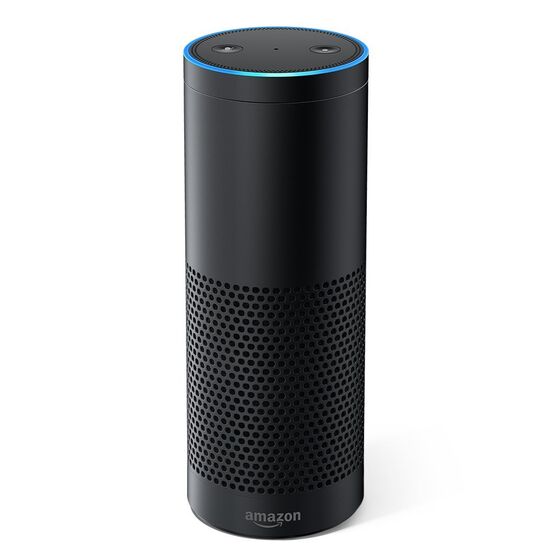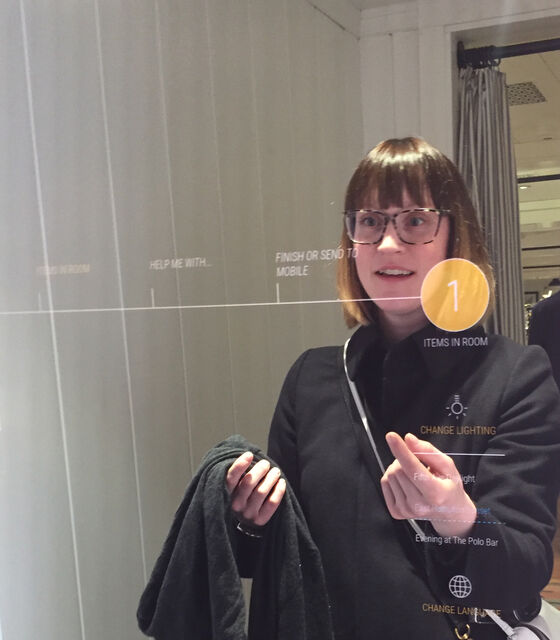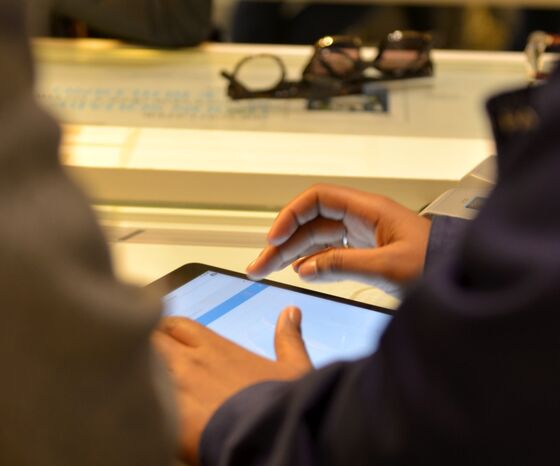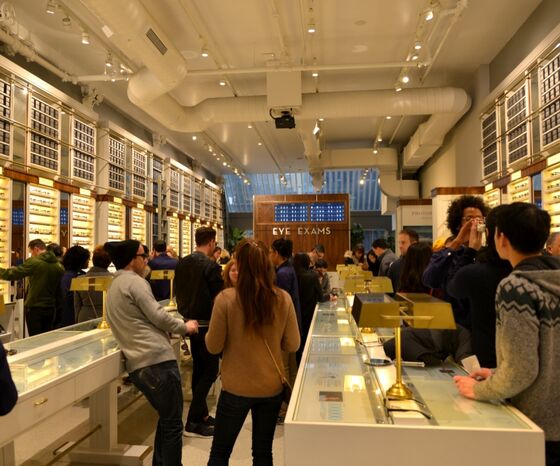11 August 2017
New interfaces in retail
All you have to do is ask – this is how you win the customers with the new interfaces in retail
"Alexa, order pizza"
– and your favourite pizza from your favourite pizza place is ordered, paid and soon delivered.
Just place the order and Amazon Echos Alexa or Google Homes Assistant will take care of the rest. More than eight million American consumers have already taken the digital butler from Amazon to heart shows a survey conducted by Consumer Intelligence Research Partners and it is expected that almost 36 million Americans will use a voice activated device at least once a month this year.
Both Amazon Echo and the other solutions for artificial intelligence assistants were, of course, on the table as new trends when Hesehus earlier this year attended the world’s largest retail conference NRF’s Retail BIG Show in New York.
Touchless interface is the future
With its seven integrated microphones, Amazon Echo picks up voice commands at distances of up to 10 metres from all angles. With Alexa, the consumers are not only able to control light, sound and temperatures in the house, get information about the weather and the day's calendar but also to handle the ordering of an Uber. They can also attach IFTTT, If This Then That and shop products quite simply by pointing out to Alexa that something is missing - ”Alexa, we're out of orange juice” - while the hands are busy cocking or child-minding.*
And not having to pick up a phone or a tablet to open an app or website is exactly what is appealing to the consumers. Being online has gradually become such an integrated part of people's everyday life that it is no longer enough to shop, manage the home's electronic devices, search for information, etc. by use of a screen. It has to be done through a natural conversation between man and computer and this is precisely what Alexa, Google Assistant and the other Al assistants make possible.
*Alexa does not understand Danish yet and at present, it is only Prime members who can complete a purchase exclusively by voice.

picture from Amazon.com
Digital features improve physical experience

Yet another of the latest trends that has become popular with the American consumers is interactive fitting rooms with touch mirrors which in addition to being mirrors also function as informative tools. You can for example try the mirrors in Ralph Lauren where RFID tags in the clothes communicate to the mirror in the fitting room exactly which pieces of clothing the customers bring. This allows the mirror to give detailed information about the selected clothes and provide options of additional sales and cross-selling, e.g. the colours this top or these trousers are available in and which additional products match the outfit. In addition, the good and interesting shopping experience has been considered by allowing the customer to interact with the mirror, e.g. by adjusting the intensity of light in the fitting room to imitate daylight on 5th Avenue, a South Hampton sunset or an evening in the Polo Bar according to where the customer will use the clothes.
Mirror, mirror on the wall
By means of the mirror, it is also possible for the customers to contact the staff for help. If the size or the colour of the clothes is not correct, a click on the screen will call a member of the staff who will assist with a new colour, a different size or personal help when it is needed without becoming a disturbing element in the good shopping experience.
Last but not least, all information about the clothes can easily be forwarded to the customer’s phone or email address if the customer is not sure about the purchase and wish to make a decision later on. In addition to providing the customers with a unique and efficient shopping experience, the interactive fitting room provides you with new and interesting opportunities to collect a large amount of useful data. You can, among other things, gain insight into which products work on the hanger rail but not on the customers or which products have a high conversion but rarely make it to the fitting room. This provides you with better opportunities to optimise sales and, of course, also to service the customers in new ways allowing you to become the customers’ first choice when they shop.

SoMe-friendly experiences give customers in the shop
The American online born eyeglasses manufacturer Warby Parker has since the company in 2013 decided to go offline with physical shops also adopted the idea of using new interfaces to increase the experience value. With digital features, such as photo booths and the latest green room in the shop on Melrose Avenue, the customers can be assisted when finding the right pair of glasses by means of digital "snapshops" or a 15 seconds video and at the same time have a funny, unique in-store experience which can easily be shared with family and friends on the social media.


Warby Parker has also understood how to use the opportunities which digitalisation brings to ease everyday life for its customers by developing and launching the app Prescription Check which makes it possible for the customers to make the regular, recommended eye test by means of a smartphone and a computer. In 20 minutes, the customer performs a number of tests which are subsequently evaluated by an eye specialist. Within 24 hours, the customer receives the final answer to the test and in case of complications, the customer can immediately order new glasses with the correct sharpness of vision. In this way, the customer saves time and avoids the trouble of having to order and wait for an available appointment and subsequently an answer. To Warby Parker, this increases the chances that the customers choose to buy their next pair of glasses here instead of from the competitors because it is easy and fast.
More news